Code
HCS23602
Weight
3 Kg / 6.61 lbs
Size
Height
38cm (15") Width
4cm (2") Depth
4cm (2") Material
Copper
Availability
Available
Date Added
2021-03-19 06:52:43
Note : We used to sell this product 4 years ago so it may no longer be in our stock.
It is possible that we still have it with our suppliers but the price could be different from before.
Feel free to order. We will verify availability and inform you promptly.
It is possible that we still have it with our suppliers but the price could be different from before.
Feel free to order. We will verify availability and inform you promptly.

Safe Payment
We accept Paypal, Money Transfer, Bank Transfer
Confidence
Protection covers your purchase and personal data.
Worldwide Delivery
We ship Worldwide, except Russia.Shipping cost US$25.2 for upto 0.5 kgs

Hotline
Talk to help line for your question on 9841267335Yamaraj : Brief Introduction
Yama or Yamaraa or jivayam is a Hindu and Buddhist deity of death, dharma, the south direction, and the underworld, belonging to an early stratum of Rigvedic Hindu deities. In Sanskrit, his name can be interpreted to mean "twin". He is also an important deity worshipped in Kalasha and now extinct Nuristani religions, indicating his prominence in ancient Hinduism. Read More . . .
Yama or Yamaraa or jivayam is a Hindu and Buddhist deity of death, dharma, the south direction, and the underworld, belonging to an early stratum of Rigvedic Hindu deities. In Sanskrit, his name can be interpreted to mean "twin". He is also an important deity worshipped in Kalasha and now extinct Nuristani religions, indicating his prominence in ancient Hinduism. Read More . . .
Gold Painted Face
The face of Buddhist Statue Of Achala Yamaraj [partly Gold Plated], [painted Face] is painted with gold to enhance its significant features, particularly the eyes, and lips. This detailed painting is essential as it brings forth the crucial attributes of the expression of eyes and lips that metal carving alone cannot capture.
Moreover, the painted face serves as a symbolic and sacred ritual in Buddhism, preparing the statue for consecration and practice. The act of painting the face with gold in Buddhism holds deep meaning. It represents the intention to bring life and expression to the statue, imbuing it with a sense of vitality and presence. The application of gold on the face showcases the devotion and craftsmanship of the artisans, ensuring that every detail is carefully attended to honor the sacred essence of the Buddhist Statue Of Achala Yamaraj [partly Gold Plated], [painted Face]. Read More . . .
The face of Buddhist Statue Of Achala Yamaraj [partly Gold Plated], [painted Face] is painted with gold to enhance its significant features, particularly the eyes, and lips. This detailed painting is essential as it brings forth the crucial attributes of the expression of eyes and lips that metal carving alone cannot capture.
Moreover, the painted face serves as a symbolic and sacred ritual in Buddhism, preparing the statue for consecration and practice. The act of painting the face with gold in Buddhism holds deep meaning. It represents the intention to bring life and expression to the statue, imbuing it with a sense of vitality and presence. The application of gold on the face showcases the devotion and craftsmanship of the artisans, ensuring that every detail is carefully attended to honor the sacred essence of the Buddhist Statue Of Achala Yamaraj [partly Gold Plated], [painted Face]. Read More . . .
Partly Gold plating.
This Buddhist Statue Of Achala Yamaraj [partly Gold Plated], [painted Face] has a Partly gold-plated finish. Partly fire gold gilding, a common practice in Nepali handicrafts. This technique is skillfully employed by artisans to create intricate designs on various metal objects, including statues, jewelry, and decorative items. Through a process, a mask or resist is applied to safeguard specific areas from the gold plating. The object is then subjected to high temperatures, allowing the gold to beautifully adhere to exposed surfaces using a combination of heat and pressure.
In the realm of Buddhist statues, this technique holds additional significance as it distinguishes the golden-plated body from the oxidized or maroon-painted clothing. This visual separation conveys the contrast between the divine purity of the body and the modest attire symbolizing the humble lifestyle of Buddhist monks. The partly fire gold gilding not only adds exquisite detail and elegance but also embodies the deep cultural and spiritual meaning associated with these treasured artifacts. Read More . . .
This Buddhist Statue Of Achala Yamaraj [partly Gold Plated], [painted Face] has a Partly gold-plated finish. Partly fire gold gilding, a common practice in Nepali handicrafts. This technique is skillfully employed by artisans to create intricate designs on various metal objects, including statues, jewelry, and decorative items. Through a process, a mask or resist is applied to safeguard specific areas from the gold plating. The object is then subjected to high temperatures, allowing the gold to beautifully adhere to exposed surfaces using a combination of heat and pressure.
In the realm of Buddhist statues, this technique holds additional significance as it distinguishes the golden-plated body from the oxidized or maroon-painted clothing. This visual separation conveys the contrast between the divine purity of the body and the modest attire symbolizing the humble lifestyle of Buddhist monks. The partly fire gold gilding not only adds exquisite detail and elegance but also embodies the deep cultural and spiritual meaning associated with these treasured artifacts. Read More . . .
Lost-Wax System
This Yamaraj - Achala of Buddhist Statue Of Achala Yamaraj [partly Gold Plated], [painted Face] is made by the process of the Lost Wax system. This is a very complicated, time consuming and historic process of making metal sculptures.Which is why it is sometimes called Precision Casting as well. Hence the sculptures made by this process are comparatively expensive. There are many new, advanced and less time consuming methods of casting metal sculptures available as well. But due to the benefits provided by the traditional lost wax system in quality control and customization, we prefer the Loss wax system over Ceramic molding, or sand casting to make our Yamaraj - Achala.
Below we have tried to illustrate the process of making a loss wax system statue: Read More . . .
This Yamaraj - Achala of Buddhist Statue Of Achala Yamaraj [partly Gold Plated], [painted Face] is made by the process of the Lost Wax system. This is a very complicated, time consuming and historic process of making metal sculptures.Which is why it is sometimes called Precision Casting as well. Hence the sculptures made by this process are comparatively expensive. There are many new, advanced and less time consuming methods of casting metal sculptures available as well. But due to the benefits provided by the traditional lost wax system in quality control and customization, we prefer the Loss wax system over Ceramic molding, or sand casting to make our Yamaraj - Achala.
Below we have tried to illustrate the process of making a loss wax system statue: Read More . . .
About Achala :
Acala or Achala (Sanskrit: अचल "Immovable") is a Dharmapala (protector of the Dharma), prominent in Vajrayana Buddhism and East Asian Buddhism. He is classed among the Wisdom Kings and is preeminent among the Five Wisdom Kings of the Womb Realm. Accordingly, his figure occupies an important hierarchical position in the Mandala of the Two Realms.
In China, he is known through esoteric Tangmi traditions as Budong Mingwang ("The Immovable Wisdom King"). In Japan, he is known as Fud? My??, which is the on'yomi reading of his Chinese name.He is also highly revered among some Yakuza members, who often draw on his intense facial expression and demeanor



History :Wooden sculpture of Acala. Japan, late Heian Period, 12th century
Wooden sculpture of Acala. Japan, late Heian Period, 12th century
Acala at Buddha Tooth Relic Temple and Museum, Singapore
Statue of Acala, from 12th century Japan. Currently in Rietberg Museum (Zürich,Switzerland)
Originally the Mahayana deity Acalanātha, whose name means "immovable protector", Acala was incorporated into Vajrayana Buddhism as a servant of the Buddha. In Tangmi (Tang-era Chinese Vajrayana), his name was translated as Budong "immovable" (Chinese: 不動; pinyin: Búdòng, Middle Chinese: /pǝw dungx/). In turn, the deity was imported into Japan as "Immovable" (不動, Fudō) by the priest Kūkai (died 835) who was studying in China as a member of the Kentoshi mission and founded Shingon Buddhism. Scholars such as Miyeko Murase state that the origins of this Buddhist deity are in the Hindu god Shiva, particularly his attributes of destruction and reincarnation.
The deity has been popular throughout the Middle Ages and into modern times in Nepal, Tibet, and Japan, where sculptural and pictorial representations of him are most often found. Much of the iconography comes from Japan.
In Tibetan Buddhism and art, the Buddha Akshobhya, whose name also means "the immovable one", presides over the clan of deities to which Ācala belongs. Other sources refer to the Acala and Caṇḍaroṣaṇa as an "emanation" of Akshobhya
He evolves into a deity invoked in Buddhist rituals to "frighten gods, titans, men and destroy the strength of demons", and he slays all ghosts and evil spirits. In some Buddhist texts such as the Sādhanamālā, the Hindu gods Vishnu, Shiva, Brahma, and Kandarpa (god of love) are said to be "wicked" because they cause endless rebirth, and these gods are terrified of Acala because he carries a rope to bind them. In other texts, such as the Mahāvairocana Sūtra, one dedicated to the Buddha is instructed to visualize the left foot of Acala on his head during meditation, to prevent obstacles in his reaching Prajñā .
In the Nepalese and Tibetan Buddhist traditions, Viśvavajrī becomes Acala's consort.
The deity has been popular throughout the Middle Ages and into modern times in Nepal, Tibet, and Japan, where sculptural and pictorial representations of him are most often found. Much of the iconography comes from Japan.
In Tibetan Buddhism and art, the Buddha Akshobhya, whose name also means "the immovable one", presides over the clan of deities to which Ācala belongs. Other sources refer to the Acala and Caṇḍaroṣaṇa as an "emanation" of Akshobhya
He evolves into a deity invoked in Buddhist rituals to "frighten gods, titans, men and destroy the strength of demons", and he slays all ghosts and evil spirits. In some Buddhist texts such as the Sādhanamālā, the Hindu gods Vishnu, Shiva, Brahma, and Kandarpa (god of love) are said to be "wicked" because they cause endless rebirth, and these gods are terrified of Acala because he carries a rope to bind them. In other texts, such as the Mahāvairocana Sūtra, one dedicated to the Buddha is instructed to visualize the left foot of Acala on his head during meditation, to prevent obstacles in his reaching Prajñā .
In the Nepalese and Tibetan Buddhist traditions, Viśvavajrī becomes Acala's consort.


![Buddhist Statue Of Achala Yamaraj [partly Gold Plated], [painted Face]](https://handicraftseller.com/uploads/pics/product/thumb/2021/03/23602.jpg)
![Buddhist Statue Of Achala Yamaraj [partly Gold Plated], [painted Face]](https://handicraftseller.com/uploads/pics/product/thumb/2021/03/23602_0.jpg)
![Buddhist Statue Of Achala Yamaraj [partly Gold Plated], [painted Face]](https://handicraftseller.com/uploads/pics/product/thumb/2021/03/23602_1.jpg)
![Buddhist Statue Of Achala Yamaraj [partly Gold Plated], [painted Face]](https://handicraftseller.com/uploads/pics/product/thumb/2021/03/23602_2.jpg)
![Buddhist Statue Of Achala Yamaraj [partly Gold Plated], [painted Face]](https://handicraftseller.com/uploads/pics/product/thumb/2021/03/23602_3.jpg)
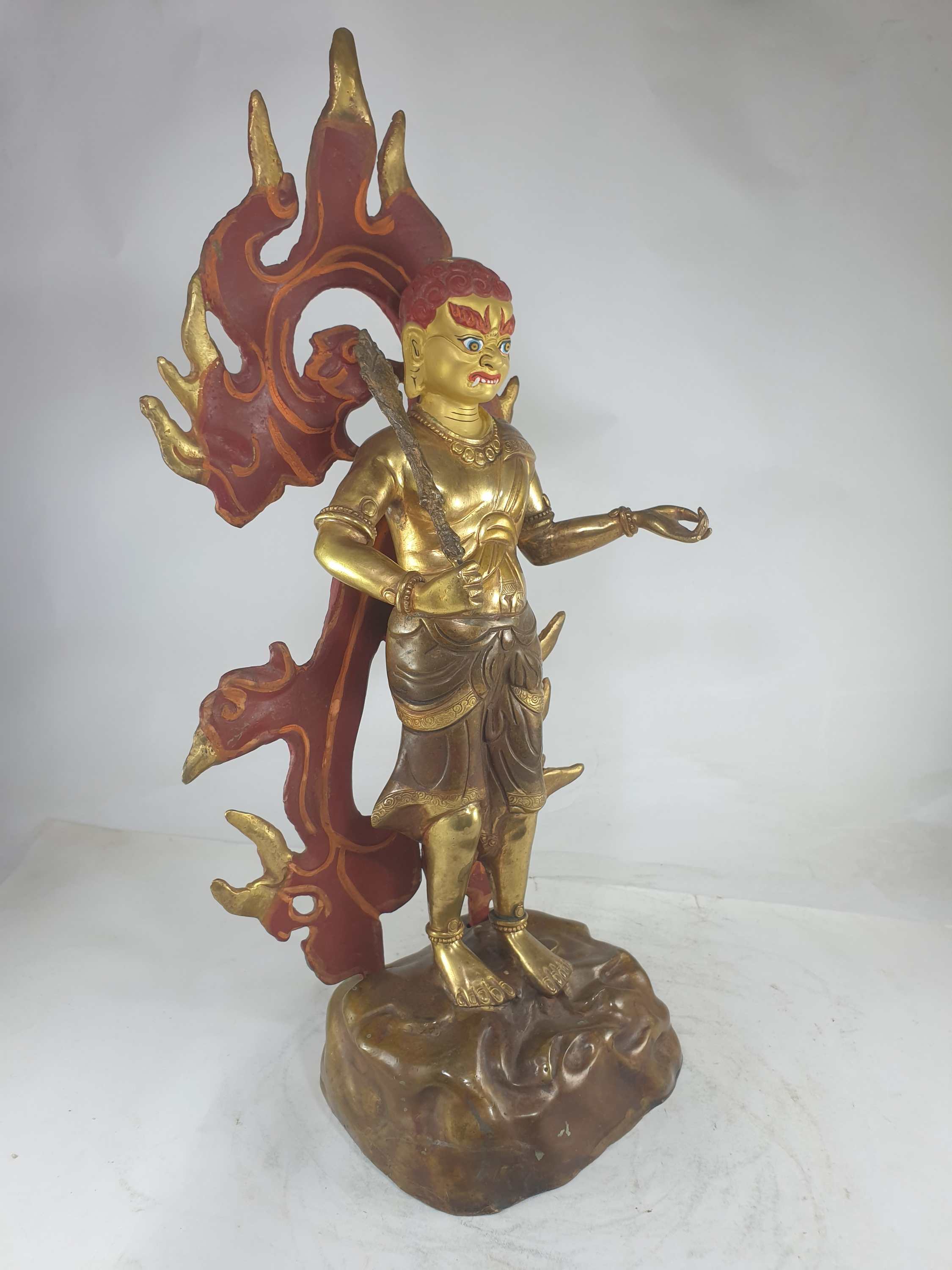



































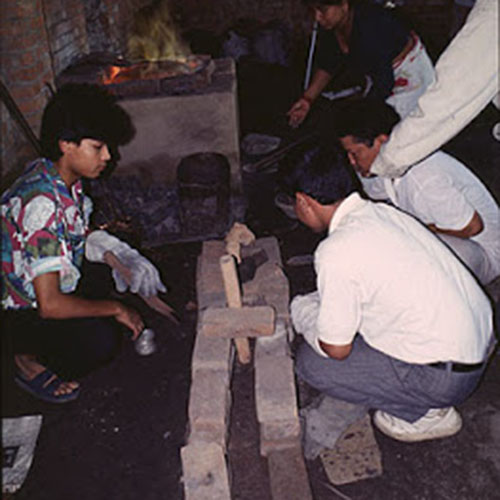
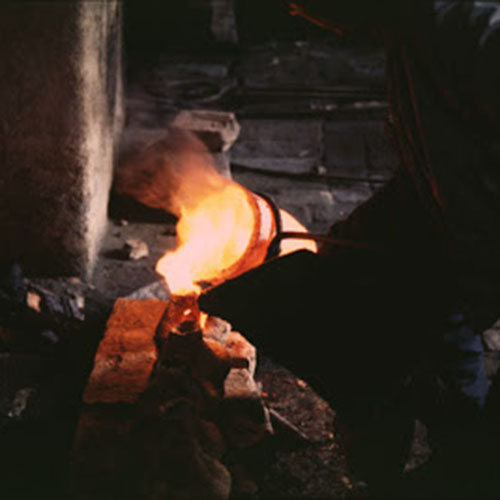

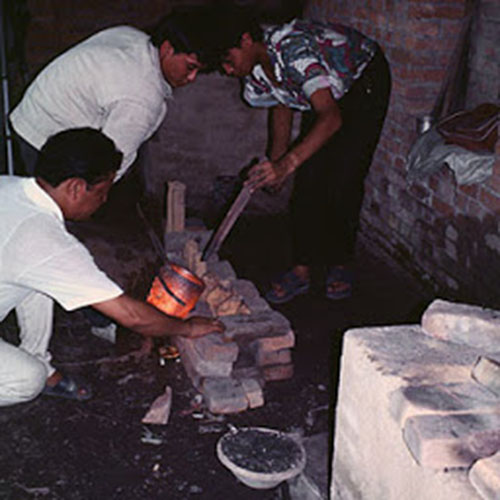
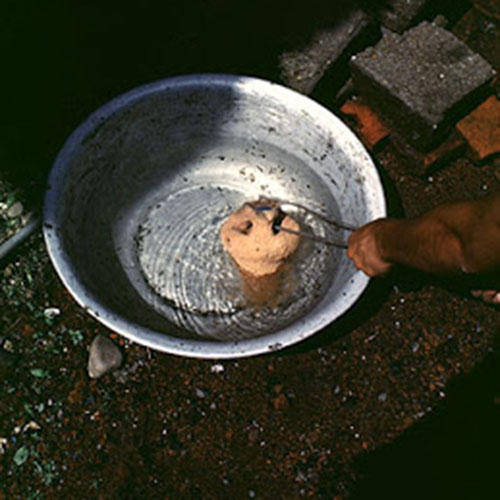
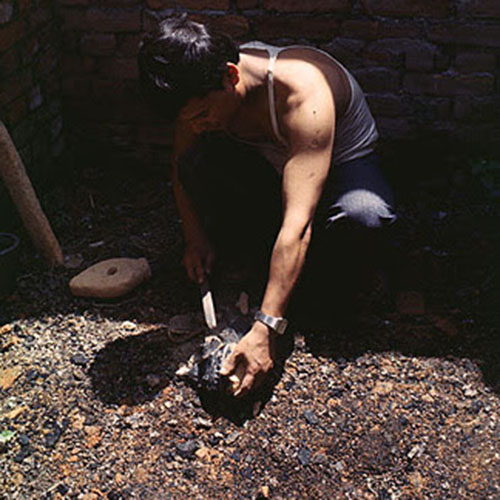





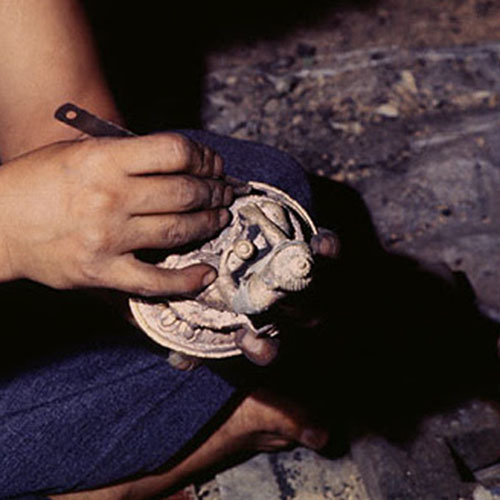
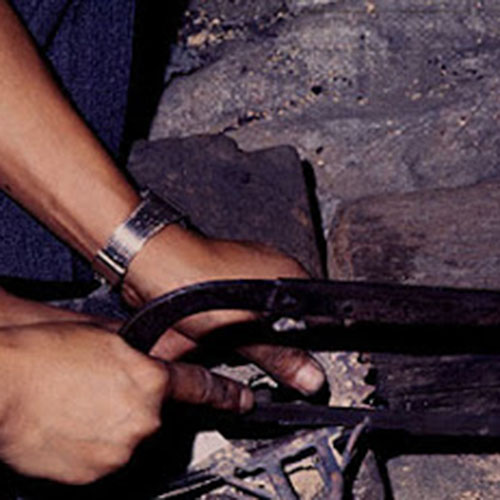
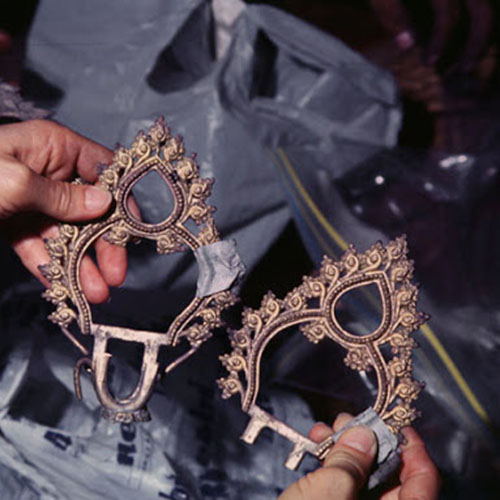



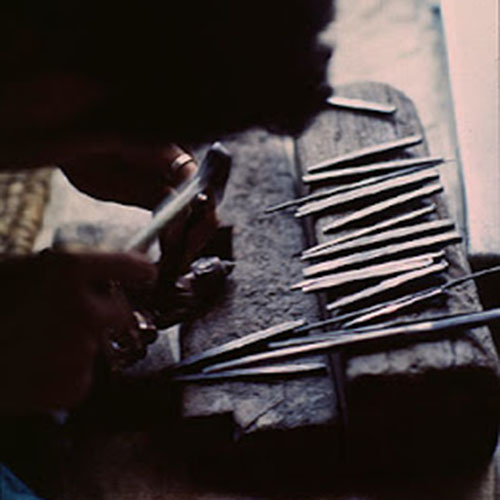
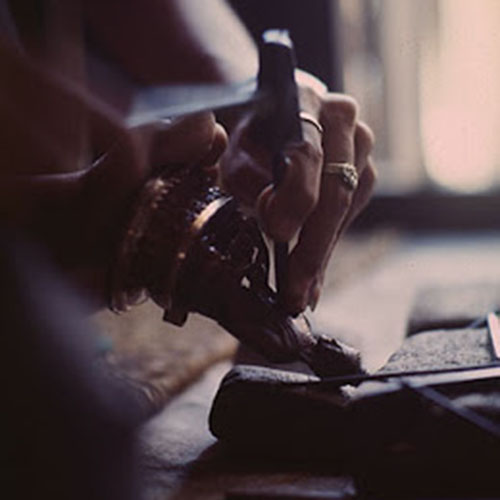
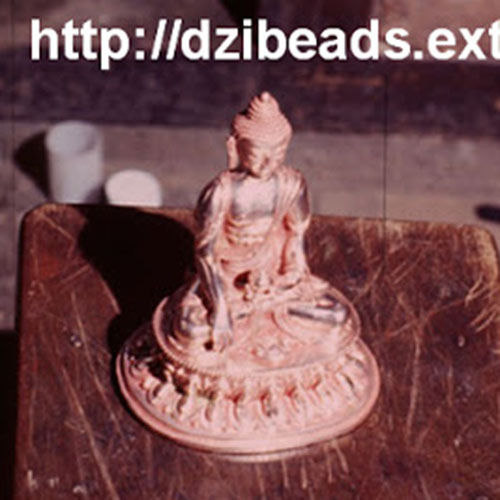
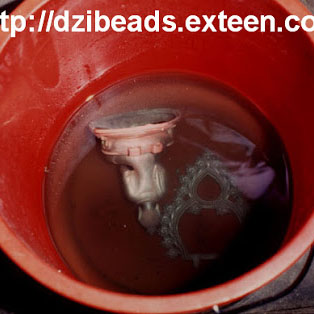
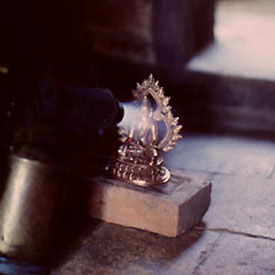
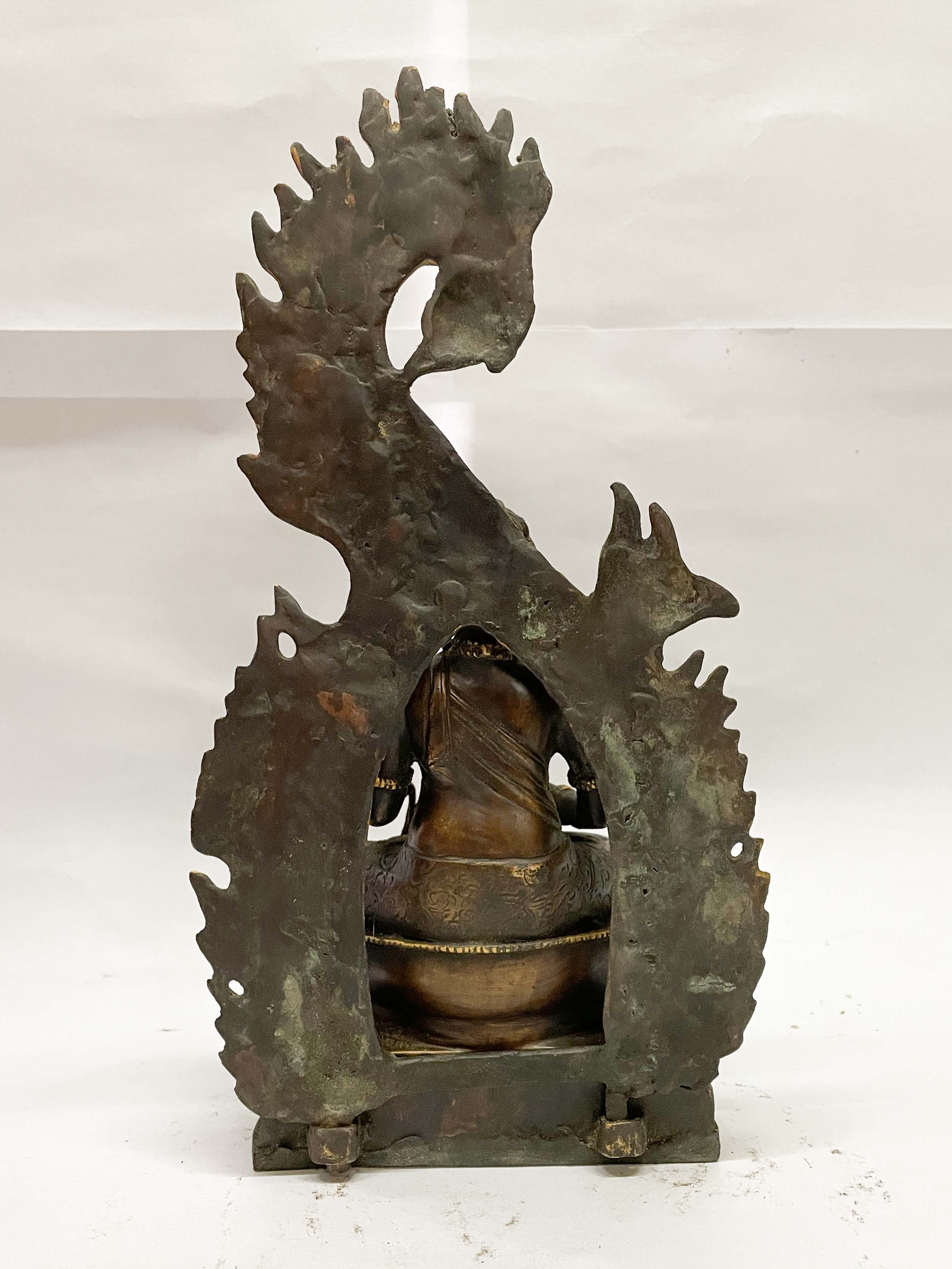 of Yamaraj, Achala
of Yamaraj, Achala 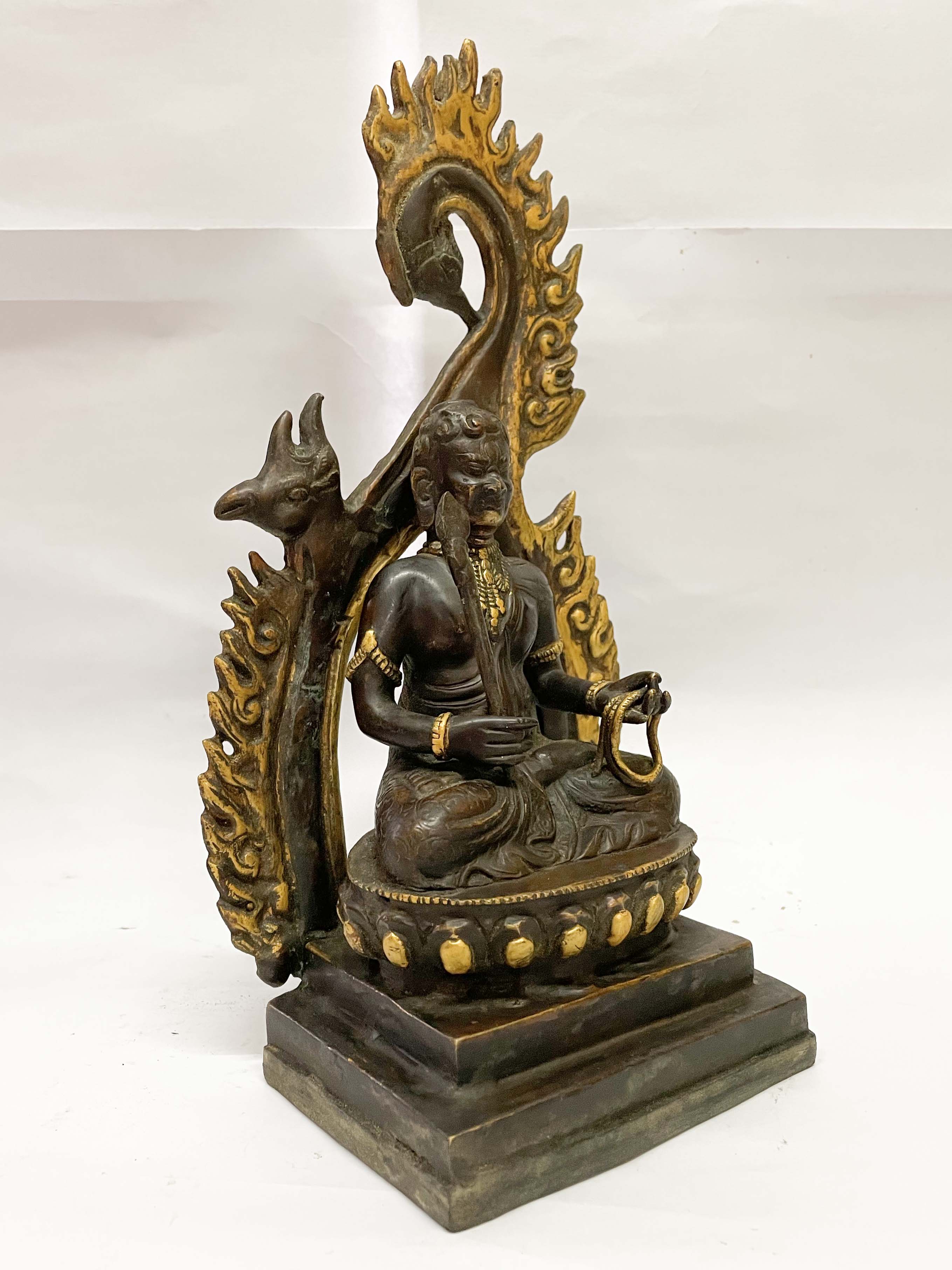 of Yamaraj, Achala
of Yamaraj, Achala